Creating successful logos
The last part of our logo design feature is about creating a successful logo. Which form factors, layouts and compositions work? We also introduce you to the 6 basic requirements of successful logos. This article belongs to a four part series about logo design.
Enjoy!
Arranging elements
Word-image combinations can be arranged quite in a number of ways. You may decide for portrait or landscape orientation and a symmetric or asymmetric composition. Combination and proportions play a role as much as selection of colours and their effect in conjunction with the form (remember the red framed downwards pointing triangle from the last article).
1. Format
The basic form of all logos can be reduced to a square or a rectangle in landscape or portrait orientation. If the logo can be separated in two parts, as in a word-image brand logo, far more options become available. We also remember the printer’s mark, which publishers may design in landscape mode to fit the spine of a book in portrait justification.

2. Symmetry
Orderliness and balance can easily be achieved with symmetry. Rotate logo elements or create harmonious formations by mirroring elements. The Tengelmann logo below features a T seemingly created from two mirrored halves of the letter.
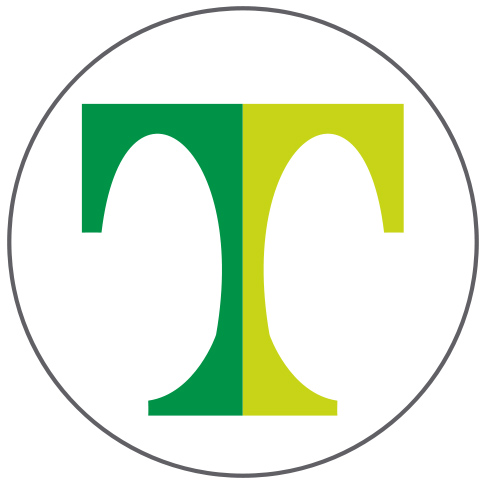
3. Composition
The whole of it should be balanced, a well proportioned image with evenly spread weight of the individual elements. If the difference in size is too big smaller elements move to the background, which decreases the level of attention they receive.

4. Combination
Guide the eye of the beholder towards specific elements of your logo. This can already be accomplished by the basic combination of central elements. Take the Centrino logo below. The round frame of the Intel logo catches the eye and brings it to the foreground. It is thus noticed first while the Centrino logo is less dominant. This enforces the brand hierarchy we already introduced in our second logo design article about general logo types.

Letters
Typography should always fit the product, regardless if we are talking about name brands, letter logos or combinations of type and image. Bigger corporations even have their own typefaces which they use as “corporate font” for all or most of their corporate communication.
1. Name brands
A successful name brand requires a striking identifier as the text alone needs to create the desired attention. This attention also needs to be channelled towards certain associations the marketer wants to create in consumers’ minds. Nestle’s “Fitness” cereal brand for example hopes to evoke feelings of health and wellbeing. A name brand can be a simple family name like “Maggi”, a word creation such as “Maoam” or even a place designation like “Evian”. Another interesting variation is palindromes. These are words, which have the same meaning read in reverse. Popular examples are ABBA, M&M, Elle or the mail order service Otto.
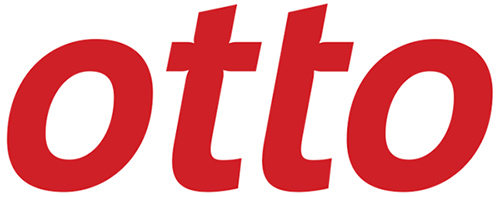
2. Letter brands
Individual letters or numbers can be used to create letter brands. These are often completely set in upper case or lower case. Even mere number combinations like the German phone information service 11880 are possible. Usually letter brands are abbreviations for longer names. The AIG logo below stands for American International Group. In many cases consumers can’t extract the message on first glance, which is why letter brands tend to also feature an identifying image component.
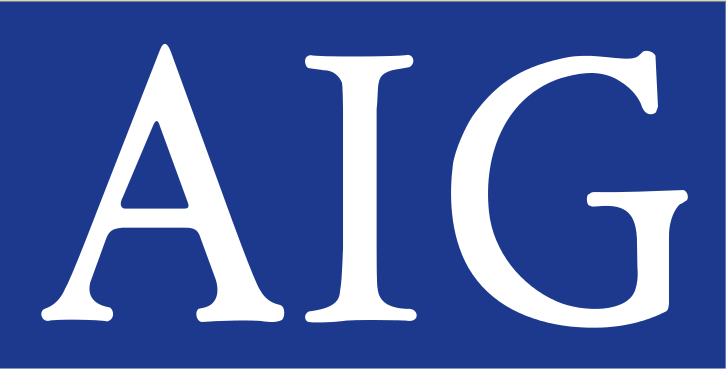
3. Supporting elements
Sometimes the letter brand alone may not carry enough meaning or the image brand might be too abstract. Because of that, combinations of both are commonly used until the customer learned the brand affiliation of the individual components. Then the letter or image brands can be used without support of the other. The famous Nike check mark is a brilliant example as most people instantly associate the brand with this symbol without the name description.

Does my logo work?
A logo has to arouse interest in a consumer and carry memorable information. It needs to fit the product, be unique and as timeless as possible.
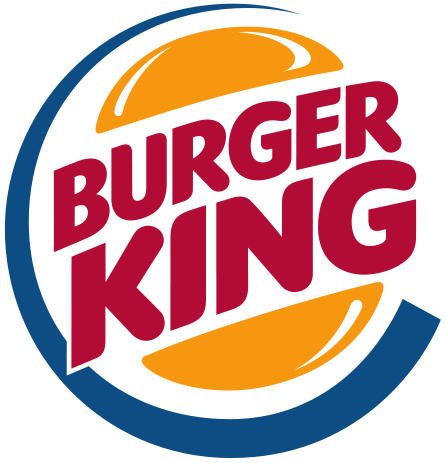
1. Arouse interest
A customer becomes active when he wishes to satisfy a need. If he’s hungry he will look for the logo of a food joint. The logos of McDonalds, Burger King or Subway are almost omnipresent but the viewer’s attention mostly draws from the factors listed below. You should generally ask yourself if your logo stands out from the environment.

If a logo is imposed on the viewer as in TV or print commercials it addresses his passive attention. Reduced to the max you could easily say that the frequency of exposure to a logo determines the interest in a brand.
2. Transmitting information
A logo needs to be able to carry information. Take the logo below as an example. Without the context of previous or accompanying messages by the brand we would normally think of a grocer with a focus on fruits. A manufacturer of computers and consumer electronics is certainly not what we would think of. The connection to the brand needed to be stored in the viewer’s brain beforehand. We think of an electronics giant when we see the bitten apple as we already passively consumed or actively collected information about it. The bitten apple now carries along this information which overwrites our standard association with such an apple shape.
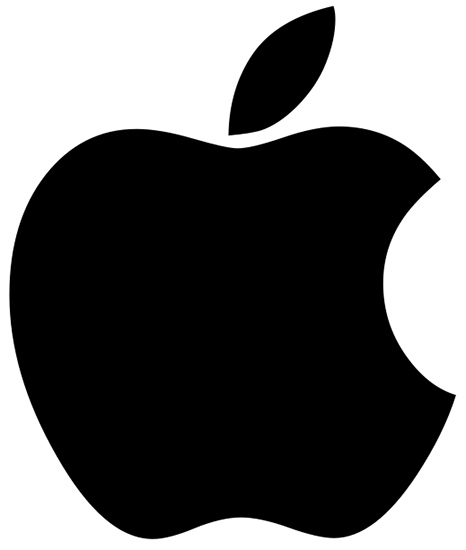
3. Memorable
We already directed the viewer’s attention to our logo and we transmitted our information. It is now important to have it stay in the customers’ head, so he remembers both when he wants to make a purchase. Even when he only sees a hint of our logo from the corner of his eye he should be able to reconstruct the basic information behind it from his memory.
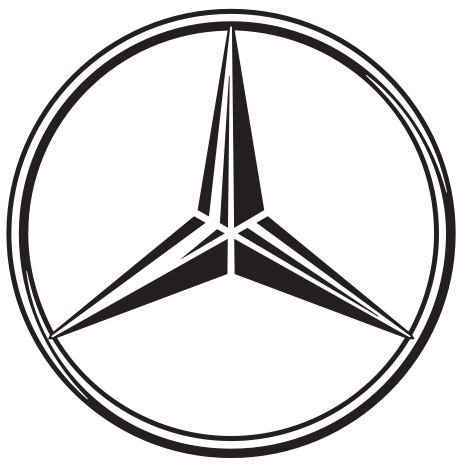
4. Made for the product
The product makes the logo. This is also true for services, which aren’t exactly tangible or visual by nature. Abstract forms can be used but need to create an associative connection.

5. Timeless
A logo design should be as timeless as possible. Even though adjustments are necessary over time not every trend should be followed. Simplicity usually helps as Siemens demonstrates.

6. Unique
A logo should be unique and it should stand out from the crowd. Analyse the logos of your competitors to achieve as much divergence as possible. This reduces comparability and avoids confusion. It should, however, still indicate the product or service you offer.
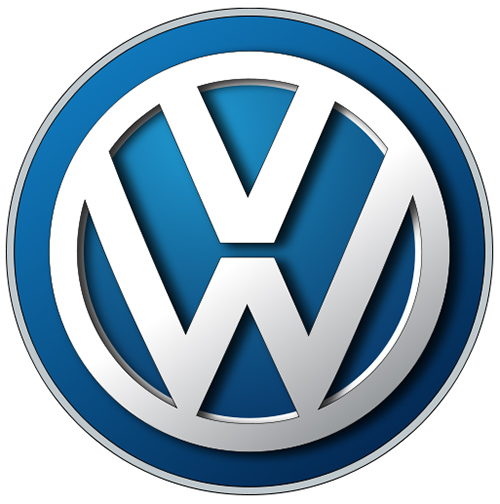
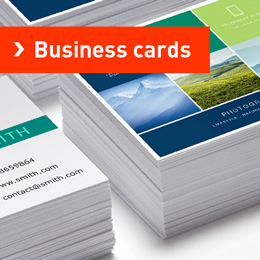
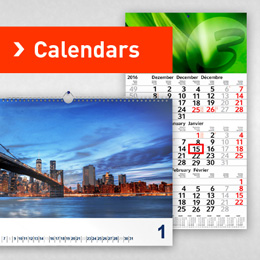
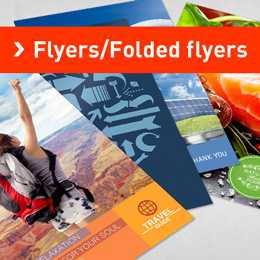
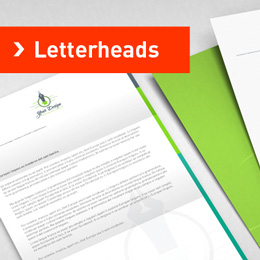
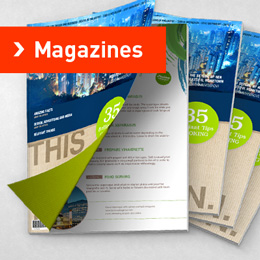
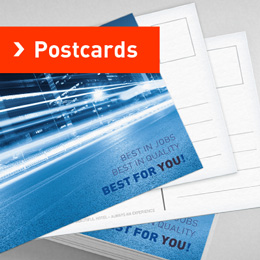
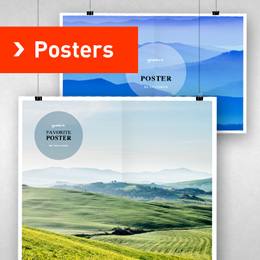
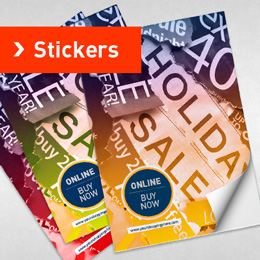

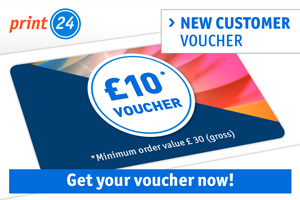
Really very nice logos thanks for sharing..
You’re welcome, thanks for telling us. ;)
Great post!! I would just add that everything you wrote about the shaped is valid for the fonts too. The text becomes a shape because of the designer.
Would you care to elaborate a bit? Sounds like an interesting argument …